EAZA Conservation campaigns
EAZA Conservation Campaigns are an exciting way to join forces in the fight for conservation. Running since 2000, they have been bringing to light the various challenges faced by the natural world. Importantly, they share powerful ways we can all work together to reverse the decline of animal species and their ecosystems.
EAZA Conservation campaigns
EAZA runs joint campaigns to raise awareness and channel funds towards addressing major conservation challenges. Led by a team of EAZA Members, each campaign is designed to empower Members and their communities to get involved. Every campaign is a chance to make a difference!
EAZA Conservation Campaigns have been taking place for a quarter of a century. They enable Members to make a real and tangible difference for the protection of biodiversity, both in remote corners of the world and in native ecosystems. Here is a summary of some highlights and milestones from our journey:
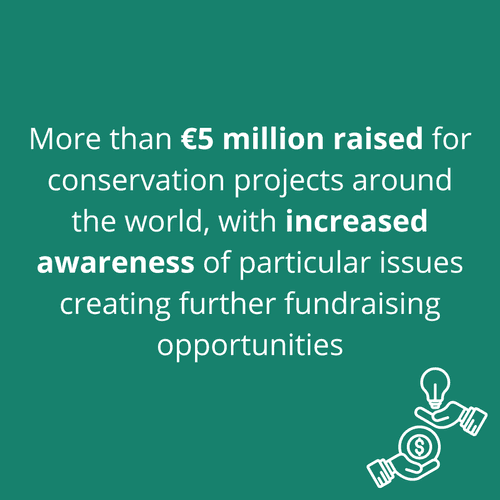
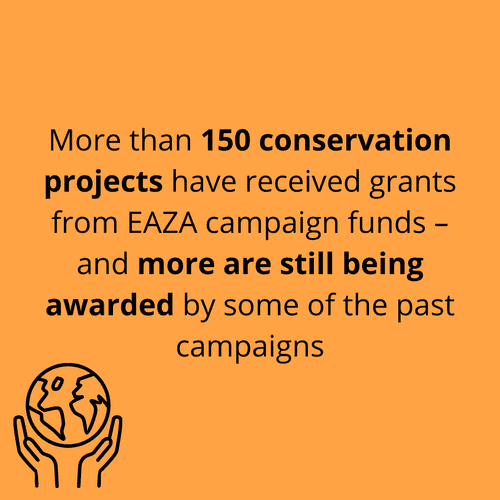
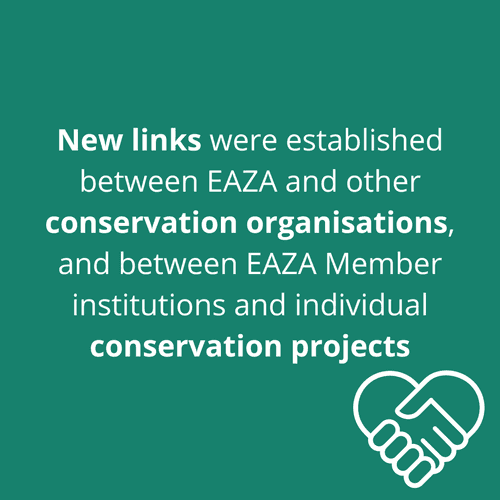
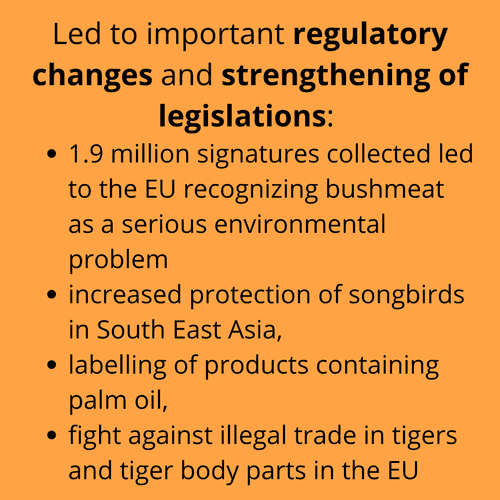
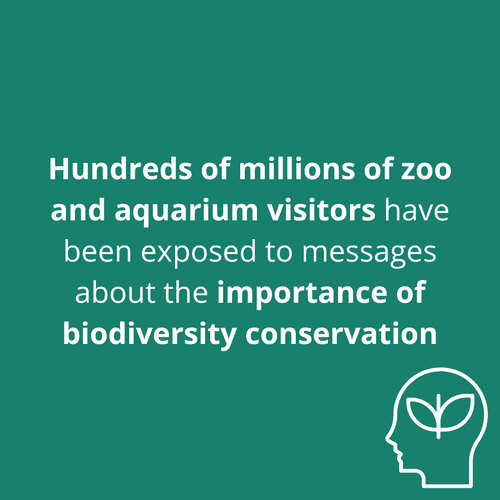
Vietnamazing (2023-2025)
Call for funding proposals still open
We have been able to raise over 200.000 EURO so far and the campaign team is preparing to release funding! There is the opportunity to apply for funding for projects focusing on the conservation of threatened Vietnamese species.
Funding applications will be considered if:
- There is a focus on threatened Vietnamese species. These can also be threatened species that are not endemic to only Vietnam.
- The majority of the conservation work is to be implemented by a Vietnamese conservation organisation and in Vietnam.
- The conservation work is partially managed by, partnered with or vouched for by an EAZA Member, EAZA Taxon Advisory Group (TAG) or an EAZA Ex-situ Programme (EEP).
Preference will be given to conservation work that is part of or endorsed through an existing integrated (species) conservation action plan/strategy or similar (local, national or global) and can illustrate they follow the relevant IUCN or similar guidelines.
If you have any questions or are not a Vietnamazing Campaign participant please contact merel.zimmermann@eaza.net.
EAZA’s Vietnamazing Campaign aims to build a powerful conservation network to highlight and help conserve the biodiversity hotspot of Vietnam by focusing on the great strengths of our community through an applied One Plan Approach.
Vietnam harbours an incredibly rich biodiversity, but many species of plants and animals are facing extinction due to poaching and habitat loss, fuelled by the devastating Vietnam war and the miraculous economical development during the recent decades.
We will be working together to build bridges between EAZA institutions, our visitors, Vietnamese and international conservation partners and beyond by linking conservation planning processes, in situ and ex situ conservation with habitat restoration efforts, scientific research, conservation education, fundraising and public awareness to highlight and help protect vietnamazing species, their habitats and ecosystems!
Be part of it!
Sign up to participate and download all the materials to help spread the message and raise funds! You can register on the Vietnamazing.eu website and “become a member”. If you want to donate directly, there is no need to register.
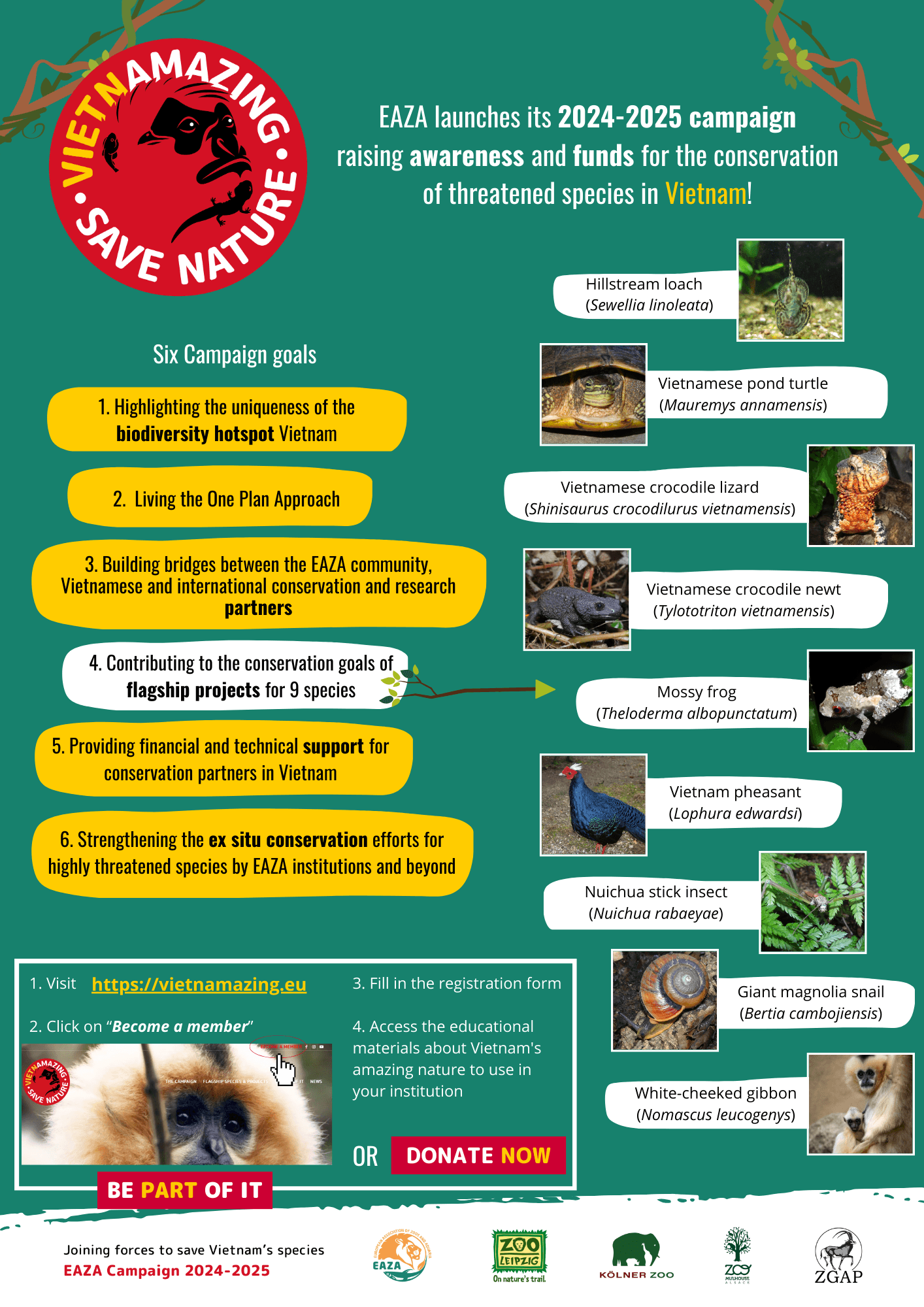
Join forces to save Vietnam's species
Find below information about our past conservation campaigns.
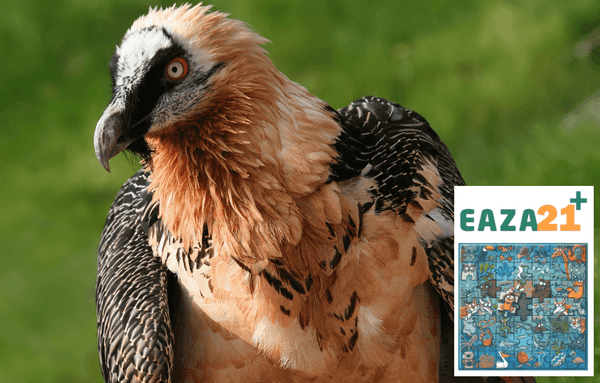
EAZA21+ (2022-2023)
The last part of EAZA's vision 'Progressive Zoos and Aquariums Saving Species Together with You', refers to being a community, joining forces with our audiences and partners and to working in alignment with international conservation strategies and policies.
For many years, EAZA and its Members have been aligning their work with WAZA strategies and IUCN policies. Today, modern zoos and aquariums also have a role to play in the new plans for nature: the EU Biodiversity Strategy for 2030 and the Kunming-Montreal Global Biodiversity Framework (GBF) – and in national strategies that contribute to them.
EAZA21+ was an internal campaign aiming to explore these big frameworks and increase our confidence and competence for engaging with them on local, national and international levels.
The campaign has ended but the journey continues, both for individual EAZA zoos and aquariums and for EAZA as an organisation. A set of campaign resources is available to all for knowledge, inspiration and guidance for making a stronger impact in biodiversity conservation.
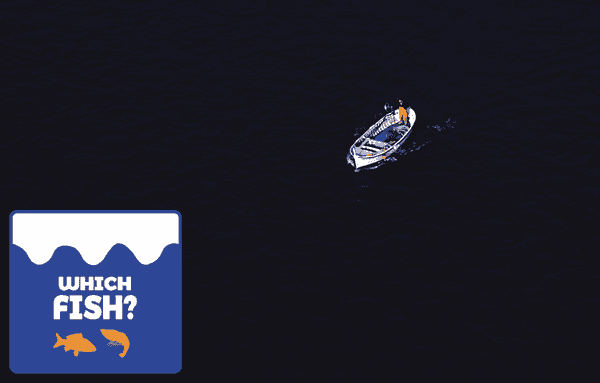
Which Fish (2020-2021)
The Which Fish Campaign addressed how commercially-based human activities impact marine species conservation. It focused on how zoos and aquariums work and encouraged participants to make real changes to their working practices by applying the already shared vision to united objectives for marine biodiversity management and protection.
The campaign was developed along three different axes:
- Human sustainable consumption,
- Sustainable animal feed,
- Collection planning for sustainable aquatic species.
Despite the global COVID-19 pandemic and its disastrous consequences, the campaign still achieved some impressive results, thanks to the intention to move forward and the resilience of the EAZA community that has been able to react. The total number of registered institutions participating to the campaign was 147 from 30 countries and the most common campaign commitments for participants were linked to awareness raising.
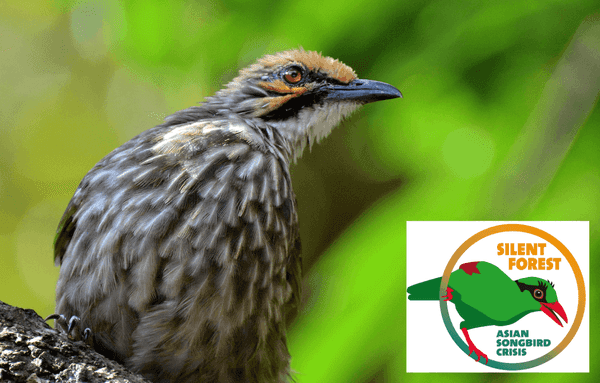
Silent Forest (2018-2019)
Songbirds in Asia are threatened with extinction due to excessive and strongly cultural rooted consumption of wild songbirds for trade, songbird competitions, pets, export, traditional medicine and food.
The Silent Forest Campaign aimed to save a growing number of songbirds by increasing knowledge, awareness and commitment to do action within and beyond the zoo community.
Between 1 September 2017 to 31 December 2019, more than 200 zoos signed up in support and more than €550,000 were raised. The activities and projects initiated during this period continue as a permanent activity and commitment of the EAZA Songbird Taxon Advisory Group.
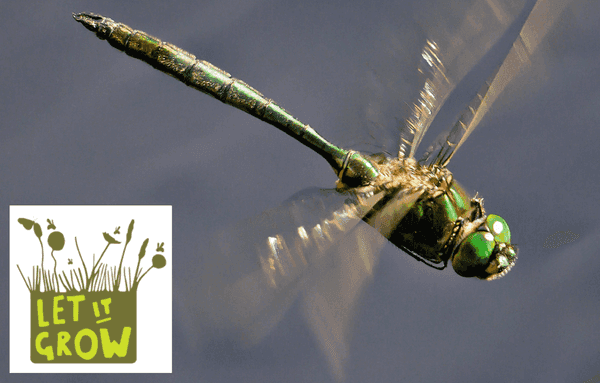
Let It Grow (2016-2017)
Led by three of Europe’s largest scientific associations – EAZA, Botanical Gardens Conservation International and Ecsite, the network of European Science Centres - the Let It Grow Campaign aimed to:
- Raise awareness in citizens on what local biodiversity is and why having a full range of native species can help keep ecosystems healthy for all forms of life including humans
- Get people involved in the recovery and protection of native species by helping them set up “left spaces” on balconies, terraces, gardens and community spaces, and by getting them involved in citizen science - experiencing and measuring biodiversity
- Show world leaders the value and reach the Let It Grow coalition has as implementing partner for various political targets and strategies.
During the span of the campaign, 239 institutions joined the campaign, located in 43 different countries worldwide. Thousands of birdhouses and insect hotels were build and placed, hundreds of bat boxes were created, and thousands of seeds for local plants were sown. Visitors were educated, challenged and inspired to do what they can for their own backyards, and hundreds of square meters of space was left alone to Let It Grow!
All Let It Grow campaign resources are available on the EAZA Member Area.
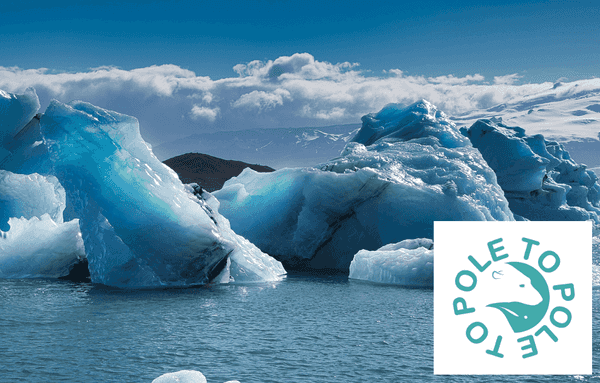
Pole to Pole (2014-2015)
The Pole to Pole Campaign kicked off with the following objectives:
- Secure the participation of as many zoos and aquariums in as many countries as possible
- Affect positive behaviour change amongst: zoos, schools and zoo visitors
- Run as near a carbon-neutral campaign as possible
- Present a petition calling on world leaders to reduce CO2 emissions to below 350 ppm
An overwhelming number 250 participating institutions worldwide signed up for the campaign and showed the commitment and involvement of the zoo community towards combating climate change.
Until mid-January 2016, 3,123 individuals joined in the Pull the Plug pledge and unplugged 12,214 electronic devices (which are not in use). This means that together we have saved 338,762 kilowatt-hours of electricity (!). Thanks to your effort and dedication we have been able to make a difference!
Get more information to continue to use energy wisely.
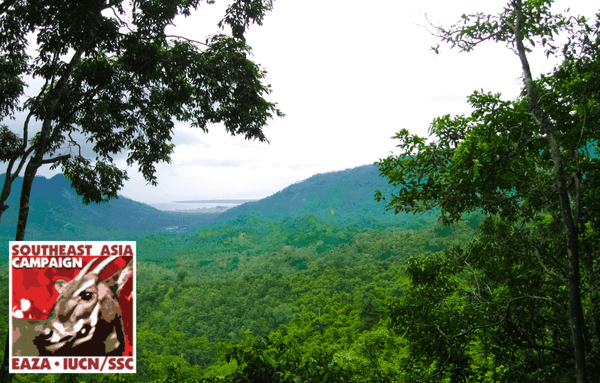
EAZA IUCN SSC Southeast Asia Campaign (2012-2013)
Southeast Asia is one of the most bio diverse regions on Earth, home to Sumatran tigers, Asian elephants, orangutans and many other species that are threatened, at some level, with extinction due to illegal trade, habitat loss, pollution, invasive species and/or other disturbance.
Led together with the International Union for Conservation of Nature Species Survival Commission (IUCN SSC), the campaign aimed at:
- Raising awareness in the European public, European institutions and European business community of the amazing, yet threatened, animal species of Southeast Asia;
- Creating a fund for Southeast Asian species conservation projects
- Assisting in reducing trade and hunting of Southeast Asian species at risk;
- Influencing European consumer behavior, demonstrating how this can positively impact on conservation issues.
Over 125 EAZA Members and 12 non-EAZA participants joined the campaign and raised in total €270,000 for conservation projects in Southeast Asia. Many campaign participants collectively joined in the ‘Saola Awareness Month’ event. During which zoo visitors were offered lots of opportunities to learn about the amazing animals in Southeast Asia, and how they are under threat from poaching, wildlife trade and habitat destruction.
